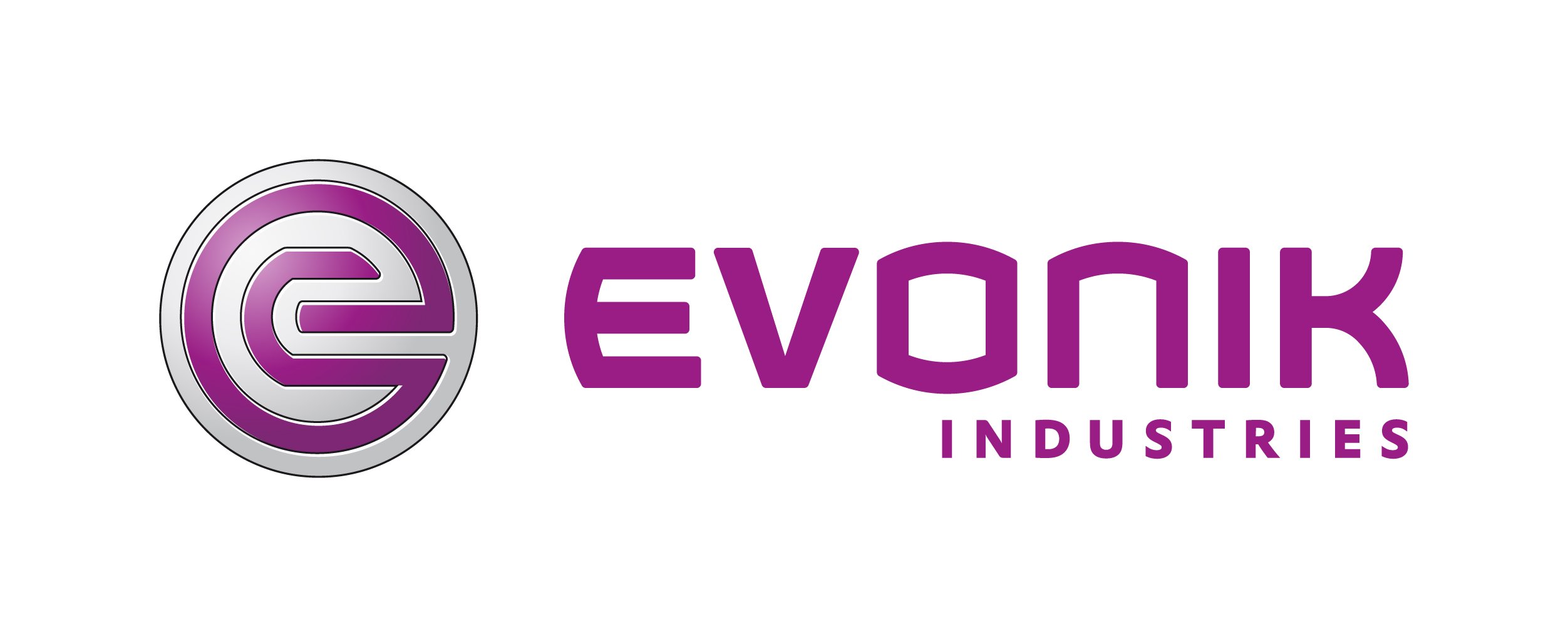Why Contractor Management Is the true test for Europe’s industry
Europe’s manufacturing sector is breathing again. This summer, the Purchasing Managers’ Index (PMI) climbed above the growth threshold for the first time since 2022. Companies are ramping up production, investments are returning, and order books are filling fast. Optimism is in the air. Yet this recovery is not an unqualified success story. Behind the macroeconomic figures lies a structural risk: growth also means deeper reliance on external contractors, and therefore greater vulnerability.

The shadow side of growth
Industrial recovery almost inevitably goes hand in hand with a surge in external teams. Extra maintenance, new installations, expanded logistics—contractors are brought in across the board. This is far from trivial. Major industrial accidents such as the Ludwigshafen explosion (2016) or the Leverkusen disaster (2021) revealed how often subcontractor errors lie at the root of catastrophic outcomes. In both cases, fundamental procedures had failed: a permit-to-work gone wrong, an incomplete risk assessment, a communication breakdown.
The legal bar has since been raised. Seveso III explicitly holds companies accountable for the actions of third parties on their sites. The new Corporate Sustainability Due Diligence Directive (CS3D) goes even further: enterprises must scrutinize their entire value chain for human rights and environmental risks. Courts are following that line, increasingly imposing heavy fines and damages whenever oversight failures can be demonstrated.
Economic fragility
The risk is not merely legal; it translates directly into hard euros. In the chemical and energy sectors, margins are already under pressure from high energy prices and rising input costs. A single day of downtime caused by a blocked contractor or a safety incident can wipe out millions in production value.
Procurement departments experience this firsthand: contractors who lack the proper qualifications cause delays and budget overruns. A recent TNO analysis estimated that rising energy costs could cut up to €40 billion from the Dutch energy-intensive industries’ GDP by 2030. In such a climate, no company can afford preventable downtime.
KPIs as a strategic compass
Forward-looking companies, therefore, look beyond traditional safety statistics like LTIFR (lost time injury frequency rate) or TRIR (total recordable incident rate). They track the lead time of pre-qualification processes, monitor the percentage of contractors cleared for access on day one, and analyze deviations in permit-to-work procedures. These indicators may appear operational, but in reality, they determine whether an organization can ride a production upswing without stumbling.
Lessons from pharma
The pharmaceutical sector offers a useful benchmark. European GMP guidelines require that every outsourced activity be contractually defined and demonstrably controlled. Multinationals have spent the past decade fully digitizing their contractor management. Every certificate, every audit, and every subcontract is documented and linked directly to site access and training. The result: legal assurance and operational agility.
Towards a new governance culture
What has become standard practice in pharma is now seeping into chemicals, energy, and the broader manufacturing industry. Companies that still treat contractor management as a mere administrative checklist are falling behind. Those who embrace it as strategic governance set themselves apart. They tie access badges to up-to-date certificates, embed e-learning modules in onboarding, and use permit-to-work data as a leading indicator for incidents.
The turning point of growth
The return of growth is not a triumph by default; it is a turning point. Companies that regard their external workforce as an invisible link risk losing control and compromising safety. The legal obligations are demanding, the margins razor-thin, and public tolerance for industrial accidents is effectively zero.
Recovery without robust contractor management is an illusion. The companies that integrate their contractors fully into their safety and compliance systems will be tomorrow’s winners. The rest gamble on luck, and in high-risk industries, luck never lasts.











